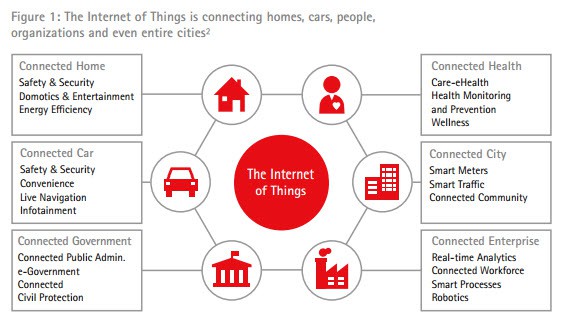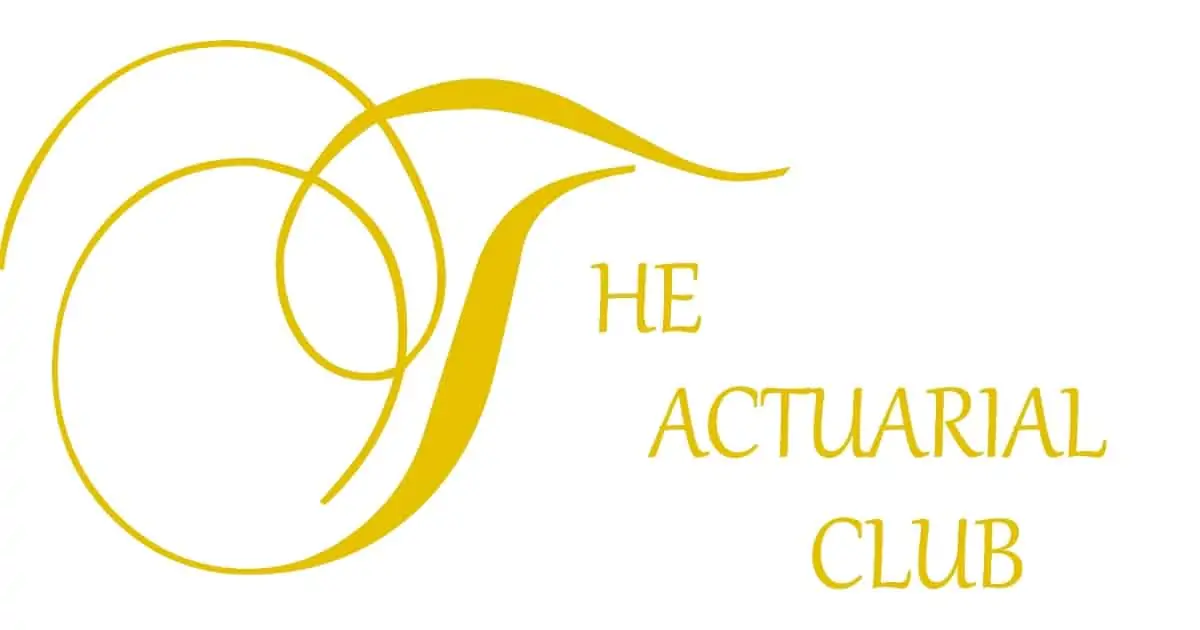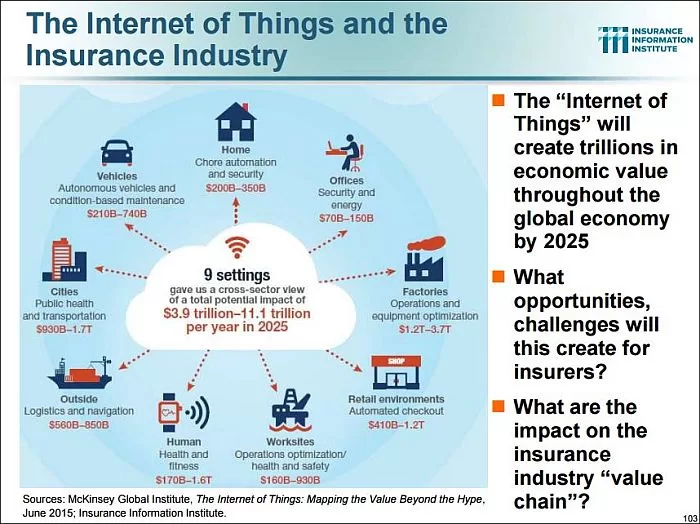The U.S. Insurance industry is the world’s largest insurance market where 6,118 companies, employing 2.5 million people, have net annual premiums of $1.1 trillion. Yet, despite its size and overall financial health, the insurance industry is likely to experience profound change driven by a fast growing and ubiquitous force – The Internet of Things(IoT). With 6.4 billion devices already connected and 5.5 million new devices added every day, the IoT’s real-time data collection and sharing power will create significant, new opportunities in finer product segmentation, more specialized pools of risk and predictive modeling to better assess risk, improve loss control and accelerate premium growth. With the emergence of such opportunity, I sat down with insurance expert and technology business model pioneer, Vik Renjen, SVP Sutherland Global Services, to discuss how insurance companies can use the IoT to become more nimble and profitable.
Robert Reiss: How will the IoT transform the insurance sector?
Vik Renjen: Fundamentally leaders will move toward an ‘analyze and act’ operating model using the IoT to transform how carriers interact with their policyholders and partners.
Reiss: What are some of the most innovative practices you are witnessing?
Renjen: I see five key practices emerging.
1. Geospacial Applications. For example, auto insurance carriers now use what they call “telematics” to gather history of speed, distance, turning and braking patterns, time of day and much more from the vehicles of prospective policy owners in order to price and maintain “usage-based” insurance (“UBI”). Premiums are lowest for responsible drivers. For the carrier, this will drive premium growth, reduced loss ratios and improved margins. In the near future, weather data supplements pushed to the car will trigger warnings such as: “Hail storm approaching”. These will benefit both the policyholder and the carrier by avoiding a claim.
2. Environmental Sensors. Homes, office buildings, warehouses and factories have sensors installed to detect temperature, smoke, toxic fumes, mold, earthquake motion or other hazardous conditions. With two-way communication, these IoT devices can also provide predictive alerts on potentially dangerous conditions in the near future. Carriers offering homeowner’s, commercial property, worker’s compensation and general liability lines would all be able to “write right risk” and improve loss ratios based on IoT connected environmental sensors.
3. Connected Biometrics. Our kids may already be bored with their fit bits, but life, disability, medical and worker’s comp insurance executives should remain excited about “wearables”. Numerous large employers have established programs that award points to employees having healthy lifestyles as documented by their daily activity, calorie burn, heart rate and sleep pattern history uploaded daily. With supplemental GPS data, wearables could monitor and report on compliance to the rehabilitation protocol of a disability claimant. Improved compliance would shorten the time until return to work. In both scenarios above, the plan sponsor, employees and carrier all benefit from improved understanding of risk, more accurate pricing and reduced claims cost. In the future, blood chemistry associated with impending heart attack could trigger a proactive alert and preventative or mitigating action. An employer could detect substance abuse by workers on the job and initiate proactive intervention.
4. Diagnostics. Some of the very first applications of connected sensors, the precursors to the IoT, were in factories using process control automation. IT executives got excited when IBM announced a “phone home” error log dump capability when their new (!) 3090 mainframe had a hiccup. Today, small, inexpensive, but highly intelligent sensors are embedded in a huge variety of products including appliances, toys, consumer electronics, industrial machines, vehicles and much more. As manufacturers of these devices embed and enable IoT, specialty insurance carriers offering extended warranty protection on these products will also offer predictive and preventative service prior to product breakdown or component failure. Maintaining happy policy owners will improve cross and up-sell likelihood for additional insurance products.
5. Carrier Process Transformation. While I’ve spoken mostly about data gathering and exchange with the policy owner’s IoT devices, the most significant change is occurring within the carriers. With 21 billion devices gathering and sending data, carriers must immediately re-imagine how they will store, sift through and use their portion of what respected industry analyst IDC predicts will be 50 trillion gigabytes of data produced by the IoT in 2020! The challenge of turning data into usable insight will be immense.
First, carriers will require much larger and more sophisticated IT, data warehousing, analytics and business analyst teams to make meaning out of the data gathered. One of many examples is the detection of changes in risk warranting a premium adjustment. As a result, carriers will also have to beef up their process re-engineering ranks to put insight into action – adapting how the various carrier business functions, such as New Business, Underwriting, Policy Administration and Claims respond to and launch actions on behalf of their policy owners and agents.
From Accenture:
Accenture has identified three dimensions of the sector it says will be most affected;
- Consumer Expecting not just a product but a unique “always-on” service oriented experience
- Offerings and Risks Moving from product to service, without ignoring the impact of new risk pools
- Competition New competitors creating contestable markets from unexpected industries.

Download our Android App from Google Play
You can also tip us and the same will be posted with a thankful note for the tipper!
[ecp code=”fbfollow”] [ecp code=”linkedinwidget”]
